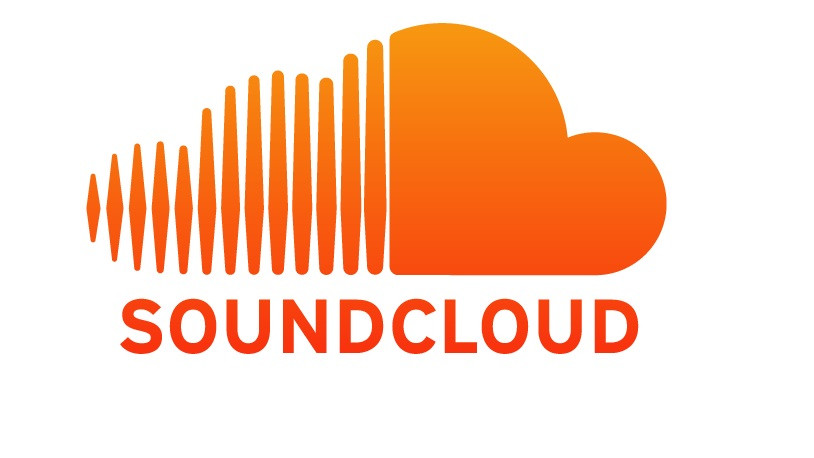PM Modi directs top officials to boost indigenous digital and social media platforms
- In Reports
- 07:42 PM, Oct 11, 2025
- Myind Staff
Promoting “indigenous development” of digital and social media platforms was one of the key points discussed when Prime Minister Narendra Modi met with the Government’s top bureaucrats earlier this week, The Indian Express has learnt.
Sources said that this directive was part of “28 points” that came out of the October 6 meeting in Delhi between the Prime Minister and Secretaries heading central ministries and departments.
Three days later, on October 9, Cabinet Secretary Dr T V Somanathan wrote to all Secretaries asking them to “initiate action” on these points, sources added.
Officials told this newspaper that Somanathan asked senior officers to create an “ecosystem” for the indigenous development of digital and social media platforms and to train young people to build such platforms and digital infrastructure “domestically”.
The Cabinet Secretary also conveyed that “reverse engineering” could be “one of the valuable tools” to boost technological growth.
Other important action points included reviewing the Government’s communication strategies and upgrading sectors like tourism, sports, and higher education to bring them up to global standards.
The focus on digital and social media platforms is notable as India now has 969.1 million internet subscribers as of March 2025, most of whom use foreign platforms like Instagram, Facebook, WhatsApp, YouTube, and X.
The Prime Minister’s push coincides with the rise of Indian social media apps such as Arattai, a competitor of WhatsApp, which is gradually gaining users even as concerns remain over security and privacy. The app was developed by Zoho Corporation, based in Tamil Nadu.
Last month, IT Minister Ashwini Vaishnaw posted on X that he had switched to Zoho’s homegrown office suite. Earlier this month, Home Minister Amit Shah also said he had moved his official email to Zoho Mail.
Still, Indian companies have yet to make a major mark in social media, which remains dominated by American tech giants with larger user bases and greater resources, from engineering to lobbying. Services such as WhatsApp, YouTube, Instagram, Gmail, and X are used widely across both urban and rural India.
The directive also comes in the context of India-US tensions following the 50 per cent tariff imposed by Washington on Indian products in late August. Since then, Modi has repeatedly encouraged citizens to use swadeshi products.
This comes in the wake of Government action against foreign and domestic apps over alleged violations. In 2021, during a dispute with X (then Twitter), officials promoted the Indian app Koo as an alternative, which later shut down. After the 2020 border clashes with China, India banned several popular apps such as TikTok, citing national security concerns.
Following the Prime Minister’s meeting, all Central ministries were asked to set up efficient communication systems to respond in real time to emerging issues or “breaking stories” on social and electronic media.
Secretaries were instructed to review the communication strategy of their ministries every week and actively involve officers from the Indian Information Service to ensure Government decisions reach citizens effectively.
The Cabinet Secretary also directed ministries to make “concerted efforts” to get Indian universities, banks, chartered accountancy firms, sportspersons, and tourist destinations featured in top global rankings.
Officials were asked to reorient PhD programmes to encourage innovation and the development of new ideas and technologies that meet India’s emerging needs, and to design international awards recognising excellence across fields.
Overall, ministries were told to promote “Atmanirbharta”, reduce imports, and collaborate with domestic manufacturers to identify products that can be made within India.



.jpg)



Comments